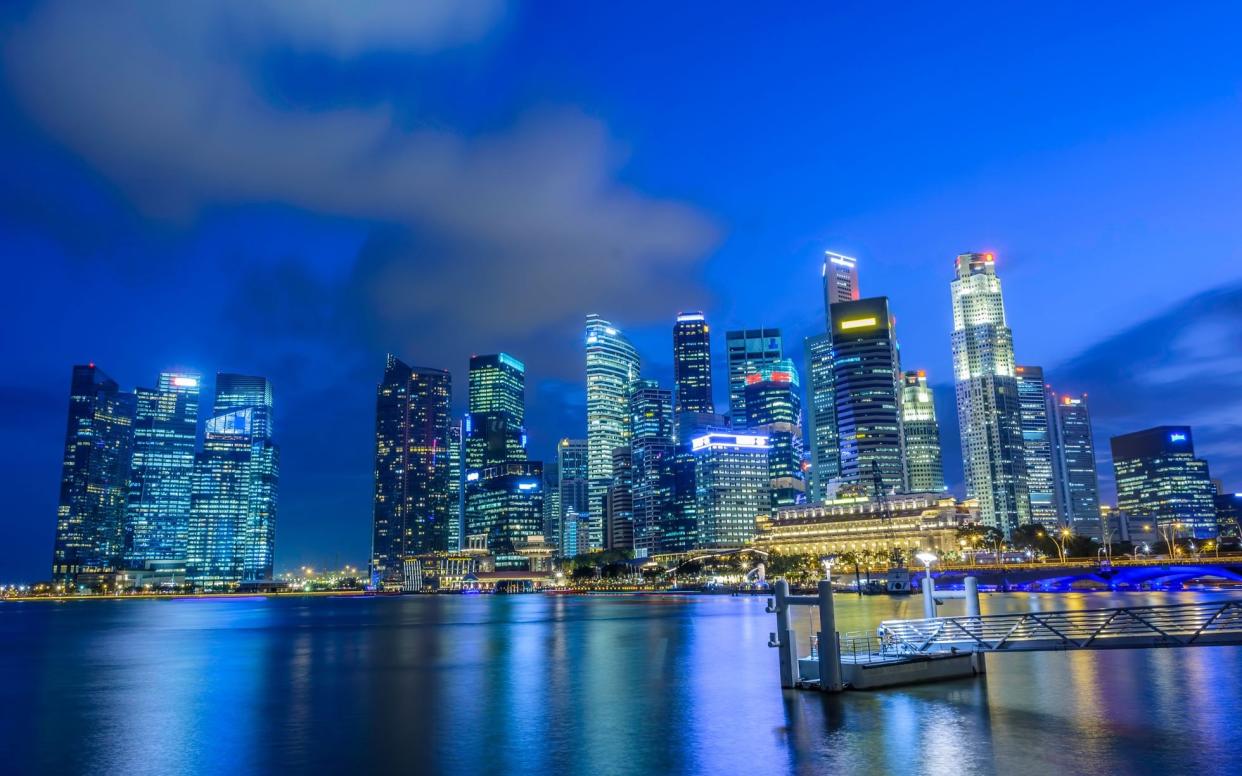Asian countries that kept coronavirus at bay begin to cautiously welcome back travellers


Asian countries that have kept the coronavirus largely under control with strict border closures, testing and tracing systems are slowly starting to reopen to arrivals even as the UK prepares to introduce a 14-day quarantine period in June.
The city state of Singapore, which has imposed a 14-day stay-at-home order on inbound travellers since March, is planning to set up so-called selective “green lanes” with countries that have successfully battled Covid-19, in order to ease business trips, reported The Straits Times.
However, mass travel “will take a lot longer to resume, not just in Singapore, but also internationally,” warned Lawrence Wong, the national development minister who co-chairs the country’s Covid-19 taskforce.
Under the new proposals, travellers would be tested for the virus both leaving and entering Singapore.
A traveller coming into Singapore would be required to undergo a pre-departure polymerase chain reaction test or a serology test if they have been previously infected. Another test may be applied on arrival to avoid a false negative.
Visitors will have to install the Singaporean government’s “TraceTogether” app on their phones or to wear a device that would enable rapid contact tracing if necessary.
"With these testing protocols in place we can have assurance that the traveller is free from infection, and then essential travel can then resume, step by step, depending on the countries that we have established these green lanes or travel bubbles with,” said Mr Wong.
Once a posterchild for its Covid-19 strategy, Singapore since April has seen cases spike to 33,249 after a mass outbreak in migrant workers dormitories, but it has kept deaths low at 23.

It plans to first ease travel restrictions with neighbouring Malaysia, but talks are underway with other countries to establish “travel bubbles” at varying stages.
As a regional travel hub, it will also start to allow passengers to transit through its international Changi Airport from June 2, lifting a ban that was imposed in March.
Singapore is among several countries that China intends to open its borders to, allowing certain categories of people to travel to some cities.
South Korea was the first country to establish a "green channel" with China earlier this month, paving the way for selected South Korean business travellers to enter 10 regions, including Shanghai, Tianjin and Chongqing, after undergoing minimal health screening and quarantine
Taiwan, an island of 24 million, which has largely resumed normal life after its pandemic strategy held case numbers down at 442 and deaths at seven, is also set to launch a staged reopening of its borders.
Taipei is planning a trial with California’s Stanford University that would eventually allow virus-free visitors to bypass the stringent 14-day quarantine measures that have been in place for three months.
According to the Financial Times, the experiment would involve a sample of 500 people from San Francisco who would fly to Taipei after testing negative for the coronavirus and having gone through quarantine before boarding.
They will be tested again every two days after arrival while undergoing the 14-day quarantine period as usual with the aim of finding the shortest safe quarantine period for future brief business trips.
Protect yourself and your family by learning more about Global Health Security


